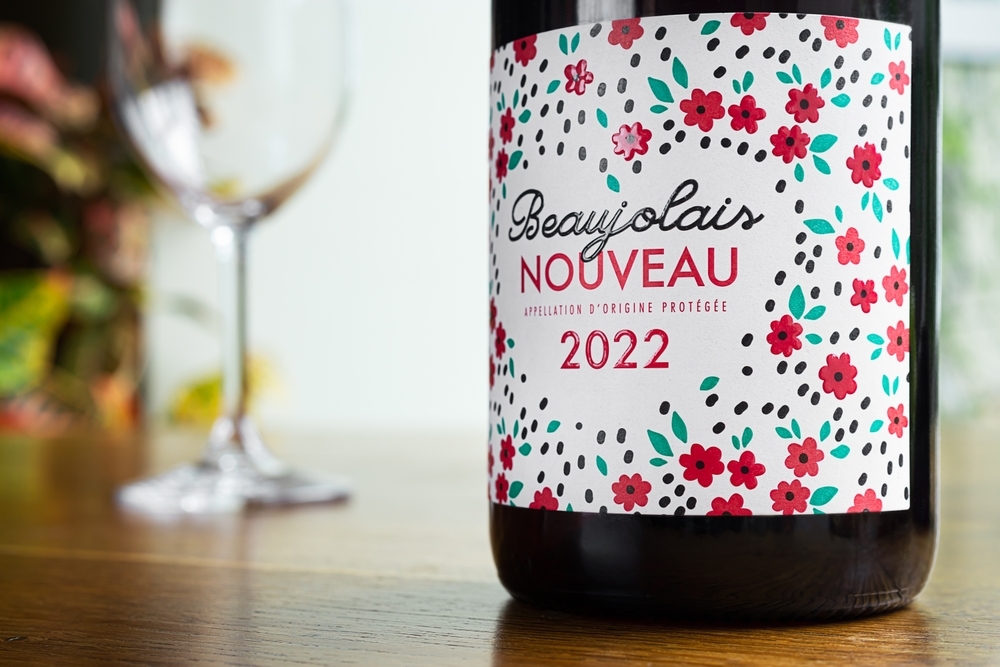Port Wine 101: Explore Portugal's Most Popular Liquid Gold

Port wine, often called Portugal's liquid gold, is fortified with a rich history and distinct flavor profile. Originating from the picturesque Douro Valley in northern Portugal, Port wine has gained international acclaim for its complexity, depth, and versatility. It's time to swirl in a glass of journey through Port wine and everything about it.
What Is Port Wine?
Port is a fortified wine, meaning that a distilled grape spirit, typically brandy, is added during the fermentation process. This addition not only increases the alcohol content but also stops fermentation, leaving behind residual sugar and resulting in a sweeter wine. The grapes used in Port production are primarily indigenous Portuguese varieties, including Touriga Nacional, Touriga Franca, Tinta Roriz, and others, contributing to the wine's distinctive character.
The Subregions of Port Wine
The Douro Valley, a UNESCO World Heritage site, is the heart of Port wine production and is divided into three subregions: Baixo Corgo, Cima Corgo, and Douro Superior. Each subregion has its microclimate, soil composition, and altitude, influencing the characteristics of the grapes grown there. Baixo Corgo, with its milder climate, produces grapes with bright acidity, while Cima Corgo, known for its diverse topography, contributes to the complexity of the final blends. Douro Superior, the warmest of the three, produces robust and full-bodied wines. Understanding these subregions adds depth to the appreciation of the diverse world of Port wine.
Check This Out: Discover 15 Of The Worlds Top Wine-Producing Countries
The Common Styles of Port Wine
- Ruby Port: This style is youthful and vibrant, aged for a short time in stainless steel or concrete to preserve its fruity flavors. It's an excellent introduction to Port wine, offering a taste of the primary grape characteristics.
- Tawny Port: Aged in wooden barrels, Tawny Port takes on a tawny color and develops nutty, caramelized flavors. The aging process in wood results in a smoother and more mellow profile, with categories such as 10-year, 20-year, and 40-year Tawny Ports indicating the average age of the blend.
- Vintage Port: Considered the pinnacle of Port production, Vintage Port is made from the best grapes of a single exceptional year. It is typically aged in the bottle for several years before release, allowing it to develop intense and complex flavors. Vintage Ports are known for their potential to age gracefully for decades.
- Late Bottled Vintage (LBV): Similar to Vintage Port, LBV is made from a single vintage but is aged longer in barrels before being bottled. It balances the richness of Vintage Port and the accessibility of younger Ruby Ports.
Famous Port Wines To Try
- Taylor's: This iconic producer is known for its elegant Vintage Ports and owns some of the most historic estates in the Douro Valley. The Taylor's Vintage Ports are often praised for their structure, balance, and ability to age gracefully.
- Graham's: With a history dating back to 1820, Graham's is synonymous with quality Port. The house is known for its commitment to traditional winemaking methods while embracing innovation. Graham's produces a range of exceptional Ports, from Vintage to Tawny.
- Niepoort: As a family-owned winery, Niepoort is celebrated for its dedication to producing distinctive and expressive Ports. The Niepoort Vintage Ports are highly regarded for their individuality and sense of place.
Port Wine Food Pairing

- Cheese Pairings: Port's rich and robust flavors complement an array of cheeses. Pair a young Ruby Port with a creamy blue cheese or an aged cheddar with a Vintage Port. The contrast of sweetness and saltiness creates a harmonious balance on the palate.
- Chocolate Delights: Port and chocolate are a match made in heaven. Port's sweetness complements dark chocolate's richness, creating a delightful synergy. Try a Tawny Port with a chocolate torte or a Vintage Port with a selection of premium chocolates.
- Nuts and Dried Fruits: The nutty characteristics of Tawny Ports make them an excellent companion to various nuts. Consider serving Tawny Port with almonds, walnuts, or hazelnuts. Dried fruits, such as figs or apricots, also pair beautifully with these aged Ports.
- Dessert Pairings: Elevate your dessert experience by pairing Port with sweet treats. Whether it's a fruit tart, crme brle, or the classic Portuguese custard tart known as pastel de nata, there's a Port-style that can enhance the flavors of your favorite desserts.
Explore More: Taste the Magic: A Wine And Food Pairing Ultimate Guide
Port Wine and Cooking
- Sauces for Meats: Port's rich, fruity notes make it an excellent ingredient in savory sauces for meats, particularly red meats and game. Try reducing Port to create a luscious sauce for a roast or steak.
- Marinades and Glazes: Use Port as a base for marinades or glazes, imparting a unique sweetness and complexity to dishes. It works well with both meat and poultry, adding a touch of sophistication to your culinary creations.
- Dessert Enhancements: Incorporate Port into dessert recipes for an extra layer of flavor. Poach fruits in Port for a sophisticated dessert, or add a splash to your favorite chocolate sauce for an indulgent treat.
How to Drink Port Wine?

- Decanting: Vintage Ports, in particular, benefit from decanting. This process not only separates any sediment but also allows the wine to breathe, enhancing its aromas and flavors. Pour the wine gently to leave sediment behind.
- Serving Temperature: The ideal serving temperature depends on the style of Port. Serve Ruby Ports slightly chilled, around 60F (15C). Tawny Ports are best enjoyed at room temperature, while Vintage Ports benefit from a slightly cooler temperature, around 55F (13C).
- Glassware: Choose a tulip-shaped glass to concentrate the wine's aromas. This shape directs the complex scents upward, allowing you to appreciate the bouquet fully.
- Sipping Techniques: Take small sips and let the wine linger on your palate. This slow approach allows you to experience the layers of flavors and aromas, from the initial burst of fruitiness to the remaining, complex finish.
Learn More: Discover the Basics of Wine Tasting: A Beginner's Guide
Conclusion
Port wine is Portugal's legacy, offering a spectrum of flavors and styles that cater to a diverse palate. Whether enjoyed on its own, paired with exquisite foods, or used as a secret ingredient in cooking, Port wine is a versatile and cherished beverage. This liquid gold from the Douro Valley has rightfully earned its place among the world's finest wines. As you embark on your journey through the world of Port, savor the rich history, complexity, and sheer delight that each bottle brings. Cheers to the liquid gold of Portugal!
FAQs
How long can I keep an opened bottle of Port?
The longevity of an opened bottle depends on the style of Port. With their oxidative aging process, Tawny Ports can last a few weeks. However, Vintage Ports, which are more delicate, are best consumed within a day or two. To preserve freshness, reseal the bottle and store it in a cool, dark place.
Can I age Port wine further after purchase?
Tawny Ports are generally ready to drink upon purchase, having undergone extended aging in wooden barrels. Vintage Ports, on the other hand, have aging potential and can continue to mature in the bottle for many years. Proper storage conditions, such as a cool and dark cellar, are essential for aging.
Is Port wine only a dessert wine?
While Port is often associated with dessert, its versatility allows it to be paired with various dishes, including savory ones. The sweetness and richness of Port can complement the flavors of both sweet and savory foods, making it a versatile choice for different occasions.
This content was created by AI
No keywords available
-1717753922-r.jpg)


